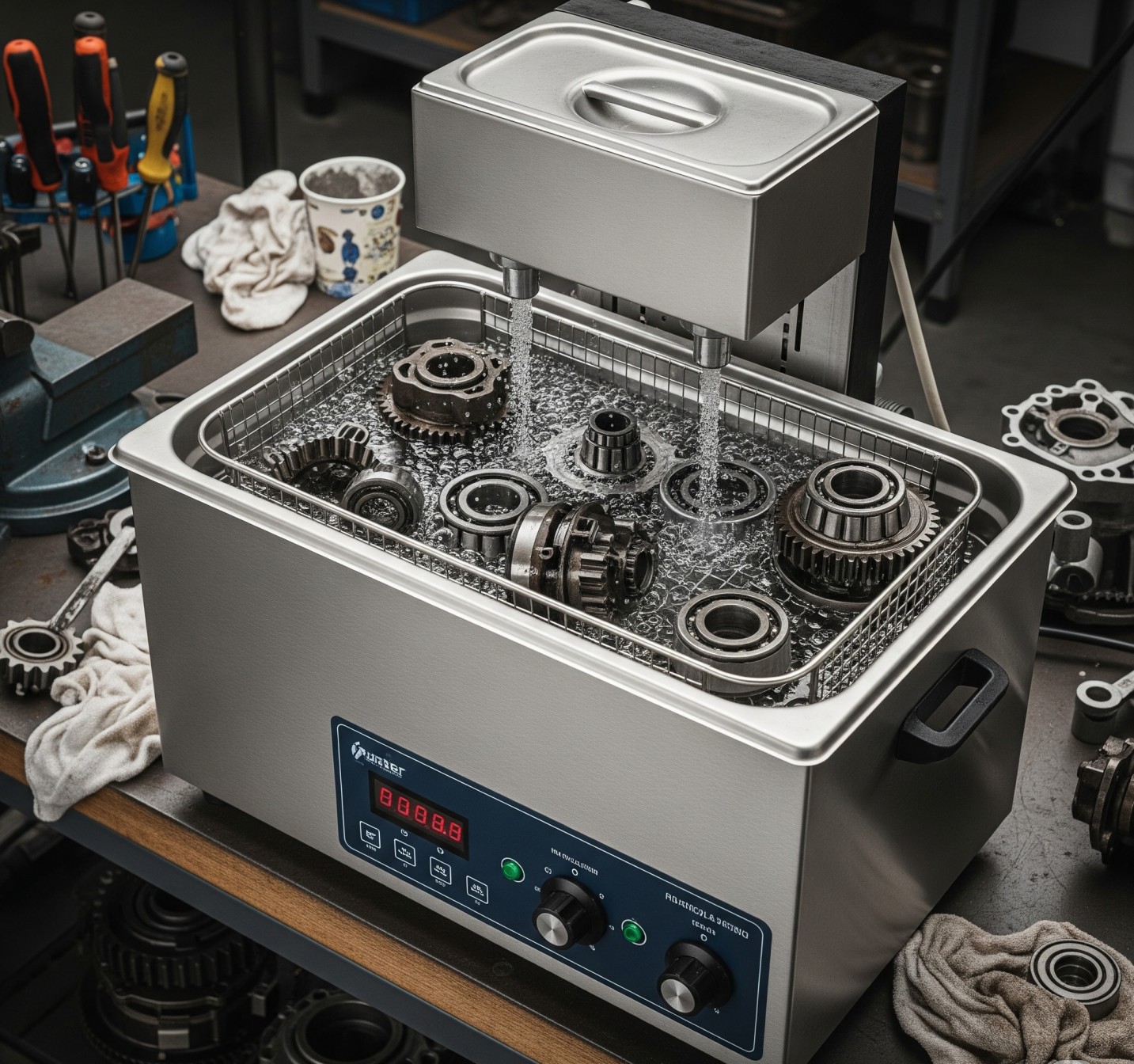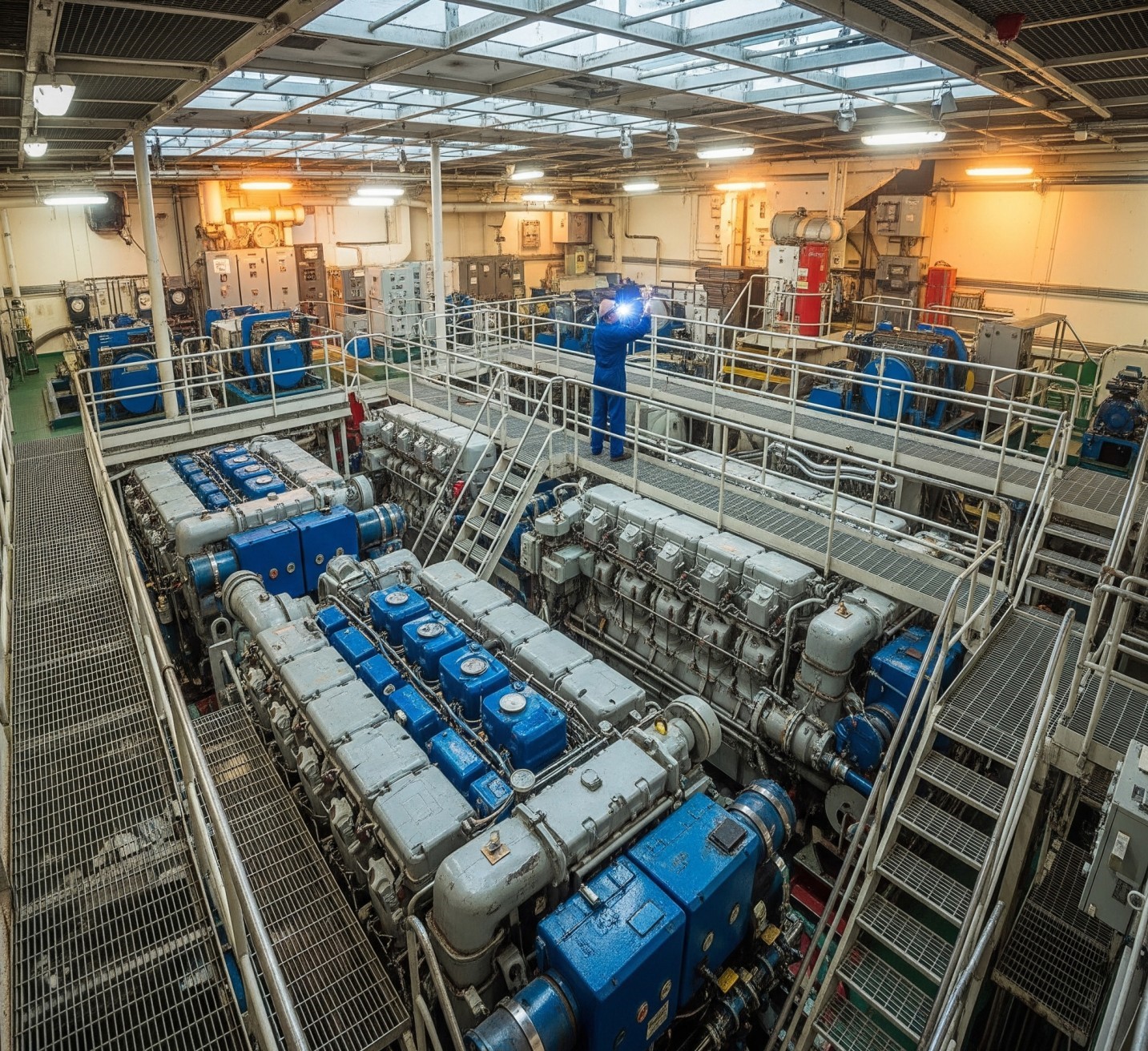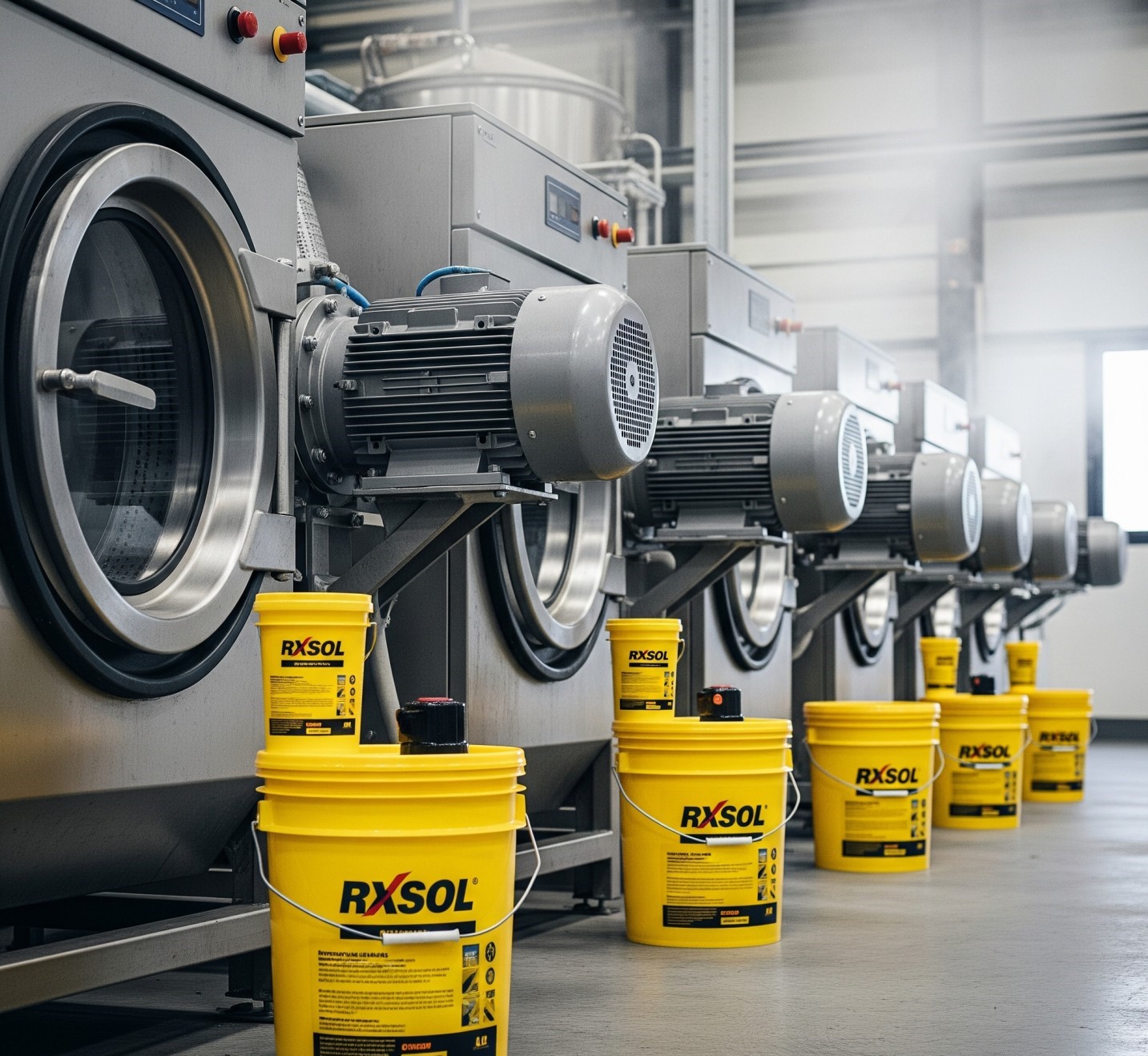
Bleach, Twin Oxide Compound A, Sodium Hypo Chlorite 25 Ltr,This Product Meets The Requirements Of NSF Standard 60 For Drinking Water.
Sodium Hypochlorite solution, Used for sterlizing water and swimming pool...This will - Remove odors. Remove Color. Improve permaganate time.
Chlorine can show multiple oxidation states from -1 to +7 , As chlorine have vacant d orbitals. Higher oxidation state are possible with highly oxidising elements like oxygen.
Spraying - Following rough washing to a good Water White or better, apply dilute Bleach to 1 - 3% strength. First wet the tank surface (spray with DI water), then spray all over with Bleach, wait 30 minute (but do not allow to dry) and then rinse very well with DI water, including the tank top towards the sump. To ensure that you have covered all areas properly, this process should be carried out at least twice with good DI water.
Injection -no.
Re-circulation - Following rough washing to a good Water White standard or better, apply dilute Bleach to 1-3% strength. Mix sufficient Bleach with fresh water in the tank and heat this mixture to 40 - 500C, circulate through the drop line if fitted and than circulate through butterworth machine for 3 hours. After re-circulation immediately warm butterworth to (500 C) the tank for 3 hours at maximum pressure, increase the water temperature to 80-850 C after 45 minutes. Check (by smell) that there is no Bleach remaining, then fresh water rinse and dry.
** When there are a number of tanks requiring re-circulation, it may be significantly more efficient to make up a large batch or number of batches that can be transferred on between tanks as required.
* Use a strainer at the pump stack when circulating any solution.
Tank Lining - Stainless / Zinc / Epoxy / Phenolic (Extreme care must be taken if product other than bleach substitute is to be used in any coated space).
**These products become more aggressive with temperature increase, and should not be allowed to dry on tank walls or stored in cargo tanks as cleaning solution or slops.
12.5% wt. SODIUM HYPOCHLORITE - EXTRA - PURE
| Parameters | Specification Range | Typical |
|
Sodium Hypochlorite as NaOCl (%wt) |
12.5 - 13.2 | 13.0 |
| Available Chlorine (%wt) | 11.9 - 12.6 | 12.4 |
| Available Chlorine (%vol) | 14.3 - 15.3 | 15.0 |
| Available Chlorine grams/liter | 143 - 153 | 150 |
| Excess Caustic (%wt) | 0.25 - 0.80 | 0.30 |
| Specific Gravity @ 60°F | 1.197 - 1.220 | 1.210 |
| pH | 12.0 - 13.0 | 12.50 |
| Iron (Fe) ppm | <0.5 | 0.05 |
| Nickel (Ni) ppm | <0.2 | 0.02 |
| Copper (Cu) ppm | <0.2 | 0.05 |
| Mercury (Hg) ppb | 0.001 - 0.003 | 0.002 |
| Sodium Chloride (NaCl)% | <15.0 | 12.5 |
Appearance: Clear greenish-yellow liquid miscible in any proportion with water.
This product meets the requirements of NSF standard 60 for drinking water.
|
1 |
Available Chlorine |
14-16% |
|
2 |
Ph |
11-13. |
|
3 |
Sp.Gravity |
1.23 - 1.40 |
|
4 |
Free Alkali (Per Lts ) |
0.42to0.5% |
|
5 |
Stability |
2 to 3 Month ( GENERAL ATMOSPHRIC TEMP ) OR more stable Below 18°C |
|
6 |
Viscocity |
0.98 |
|
7 |
Alkalinity |
1.99 |
|
8 |
Appearance |
Pale yellow / green |
|
9 |
Flash point |
None |
|
10 |
Turbidity |
nil |
|
11 |
CU |
NIL |
|
12 |
Biodegradable |
Completely biodegradable |
|
13 |
Free Acid |
None |
|
1 |
Available Chlorine |
14-16% |
|
2 |
Ph |
11-13. |
|
3 |
Sp.Gravity |
1.23 - 1.40 |
|
4 |
Free Alkali (Per Lts ) |
0.42to0.5% |
|
5 |
Stability |
2 to 3 Month ( GENERAL ATMOSPHRIC TEMP ) OR more stable Below 18°C |
|
6 |
Viscocity |
0.98 |
|
7 |
Alkalinity |
1.99 |
|
8 |
Appearance |
Pale yellow / green |
|
9 |
Flash point |
None |
|
10 |
Turbidity |
nil |
|
11 |
CU |
NIL |
|
12 |
Biodegradable |
Completely biodegradable |
|
13 |
Free Acid |
None |
-
Also used as a disinfectant and germicide , especially in the sterilization of water.
-
It is also used for making wool unshrinkable and in the manufactire of chloroform.
-
For the purpose of disinfection and bleaching , a weak soln. ( 1.2 % ) is used. For purifying water 0.02 to 0 .2 % volumetric is sufficientPotable Water Treatment
-
Aquatics and Pools
-
Odor Control/Corrosion Control
-
Food & Beverage Processing
-
Wastewater Treatment
-
Cooling Towers, Inland Power Stations & Industry
-
Irrigation Systems
-
Agriculture/Farming
HANDLING AND STORAGE PRECAUTIONS:
Do not store adjacent to chemicals that may react if spillage occurs. Comply with Oman regulations, when shipped. If closed containers become heated, vent to release decomposition products (mainly oxygen under normal decomposition). Do not mix or contaminate with ammonia, hydrocarbons, acids, alcohol or ethers.
DO NOT REUSE CONTAINERS: Product residues may remain in containers. All labeled precautions MUST be observed. Dispose of container in a manner meeting government regulations.
PRODUCT DISPOSAL: Product should be completely removed from containers. Material that cannot be used or chemically reprocessed should be disposed of, in a manner meeting government regulations.
Note : Store in cool place
UN No : 1791
IMDG CLASS : 8
PACKING GROUP : III
ODOUR : IRRITATING, PUNGENT ODOUR
R31: Contact with acids liberates toxic gases
R34: Causes burns
S-PHRASES
S1/2: Keep locked up and out of the reach of children.
S28: After contact with skin, wash immediately with plenty of water
S45: In case of accident or if you feel unwell, seek medical advice (show the label where possible)
S50: Do not mix with acids
S50: Do not mix with reducing agents
X2: Restricted to professional users.Warning! Avoid exposure - obtain special instructions before use.
EMERGENCY AND FIRST AID PROCEDURES
EYE:
OBJECT IS TO FLUSH MATERIAL OUR IMMEDIATELY AND THEN SEEK MEDICAL ATTENTION IMMEDIATELY flush eyes with a directed stream of water at least 15 minutes while forcibly holding eye lids apart to ensure complete irrigation of all eye and lid tissue. Washing eyes within one (1) minute is essential to achieve maximum effectiveness. SEEK MEDICAL ATTENTION IMMEDIATELY.
SKIN:
SEEK MEDICAL ATTENTION IMMEDIAELY. Flush thoroughly with cold water under shower while removing contaminated clothing and shoes. CONTINUE TO FLUSH UNTIL MEDICAL ATTENTION ARRIVES. Discard non-rubber shoes. Wash clothing before reuse.
INIIALATION:
Remove to fresh air. If breathing is difficult, have trained person administer oxygen. If respiration stops, give mouth-to-mouth resuscitation. GET MEDICAL ATTENTION IMMEDIATELY.
INGESTION:
NEVER GIVE ANYTHING BY MOUTH TO AN UNCONSCIOUS PERSON. If swallowed, DO NOT INDUCE VOMITING. Give large quantities of milk or gelatin solution. If these are not available give large quantities of water. If vomiting occurs spontaneously, keep airway clear and give more milk, gelatin solution or water, GET MEDICAL ATTENTION IMMEDIATELY. Avoid vomiting, lavages or acidic antidotes. NOTE TO PHYSICIAN: Sodium Hypochlorite is an alkaline corrosive. For exposure by ingestion do not use emesis, lavages or acidic antidotes. Dilute immediately by giving milk, melted ice cream, beaten egg white, starch paste or antacids such as milk magnesia. Aluminum hydroxide gel or magnesium trisilicate gel. Avoid sodium bicarbonate because of carbon di-oxide release. Sodium thiosulphate solution may prove beneficial by reducing unreacted material
Other Related PRODUCTS LINKS :
Textile Hypo Bleach , SODIUM HYPO CHLORITE , Sod Hypo Chlorite conc activeCHLORINE , CHLORINE LIQUID , Calcium Hypo Chlorite Conc active Chlorine , Chlorine Tablet cyanurate , Chlorine Tablets Calcium Based , DYE REMOVER ORG DICHLOR , Dechlorination Soln De-Hypo
6% Sodium Hypochlorite Solution. Disinfectant for use in drinking water. Use one drop of solution per 10 ltrs of drinking water, 600 ml of solution per 36 tons of drinking water.
General formulation to calculate how much bleach is needed to add to a tank or a pipeline to disinfect it to a given chlorine residual using a given disinfectant. Usually someone wants to know how to meet an AWWA Standard (like C651-92, Disinfection of Water Mains). The equation below should be used to estimate the amount of sodium / Calcium hypochlorite (Chlorine Water is 6.00% sodium hypochlorite) needed to disinfect a given quantity of water to a desired chlorine concentration.
|
req'd residual in ppm |
For example , say you had installed a new 5,000 gallon tank and wanted to make sure that you had at least a 100 ppm solution of chlorine in it.
How much 6.00% Hypochlorite would you need to add ?
- (5,000 gal x 100 ppm) / (1,000,000 x .06) = 8.33 gallons
How much 12% Hypochlorite solution would you need ?
- (5,000 gal x 100 ppm) / (1,000,000 x .12) = 4.17 gallons
If you use calcium hypochlorite (the white, powder version of chlorine, like HTH pool cleaner), the equation becomes:
|
req'd residual in PPM |
- This is simply the previous equation multiplied by the conversion factor of 8.33 pounds per gallon of water.
Let's assume that we still need to disinfect 5,000 gallons at 100 ppm.
How many pounds of 65% calcium hypochlorite (HTH pool cleaner) are needed?
- (8.33 lbs/ gal. x 5,000 gal x 100 ppm) / (1,000,000 x .65) = 6.4 pounds



